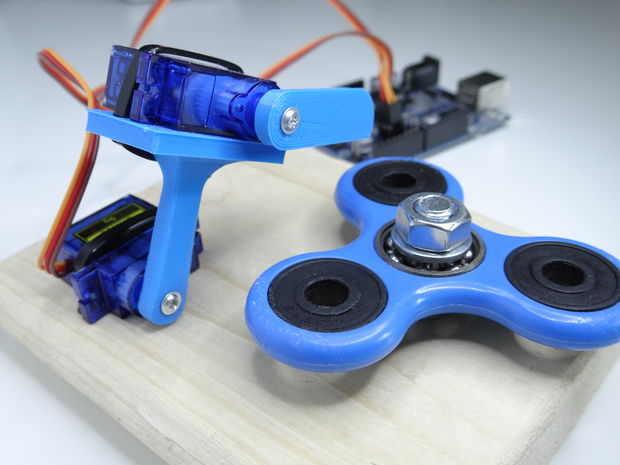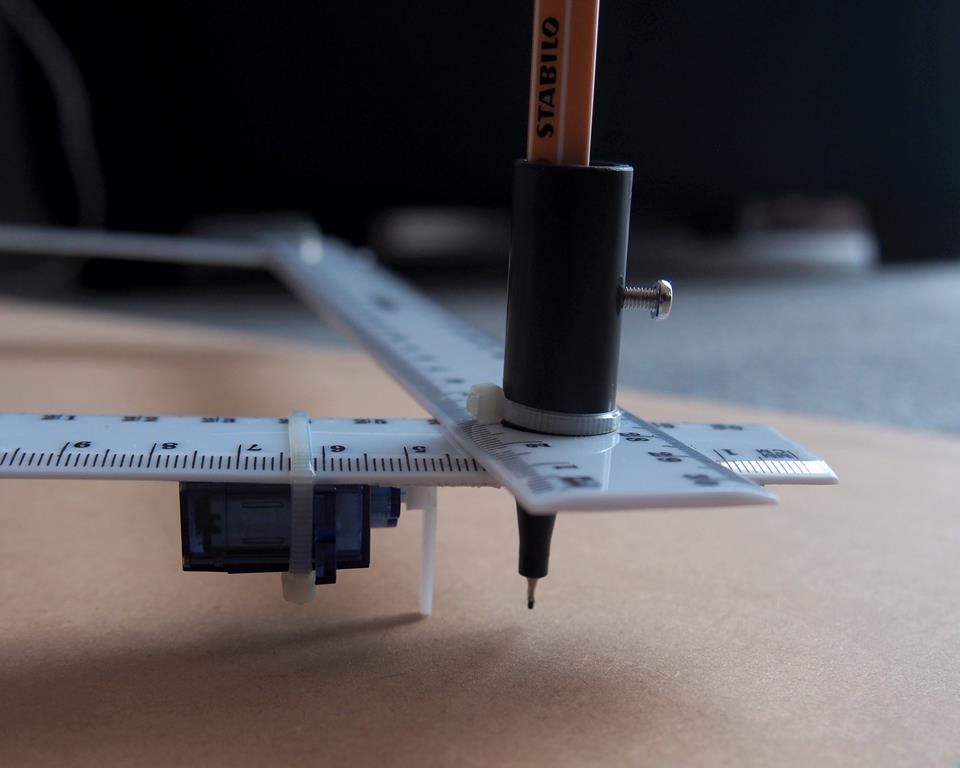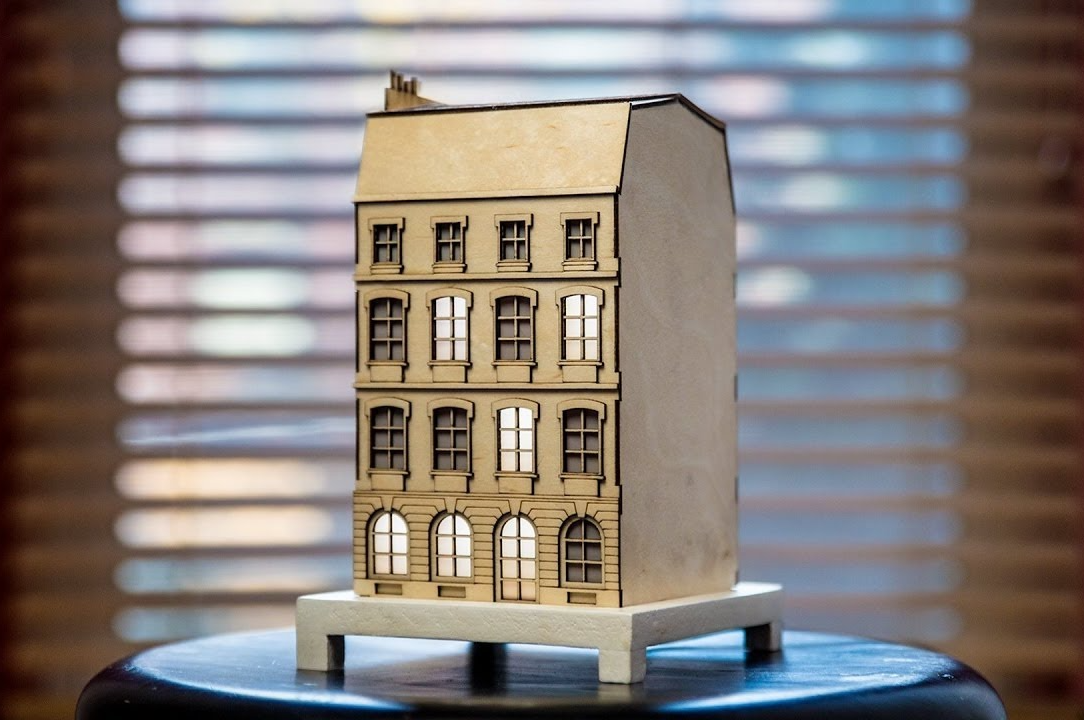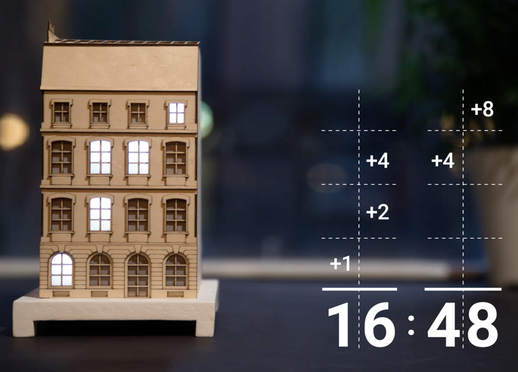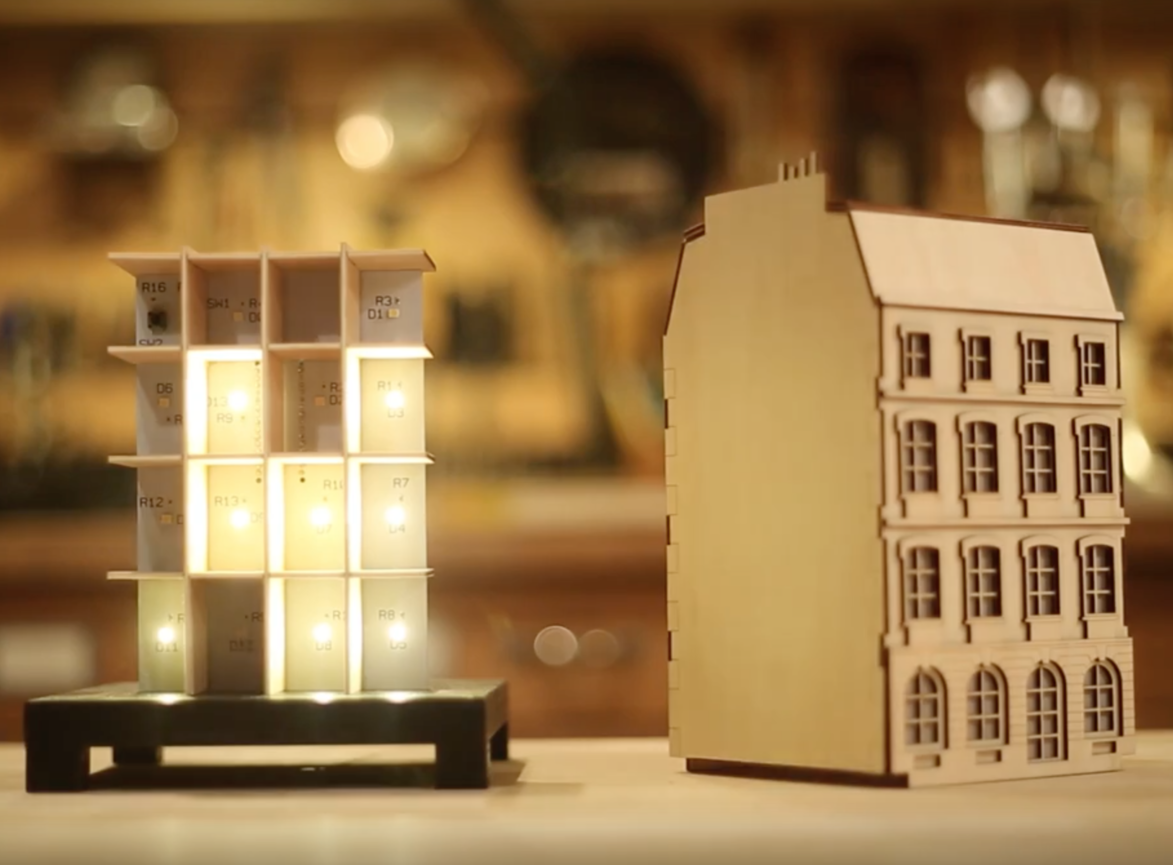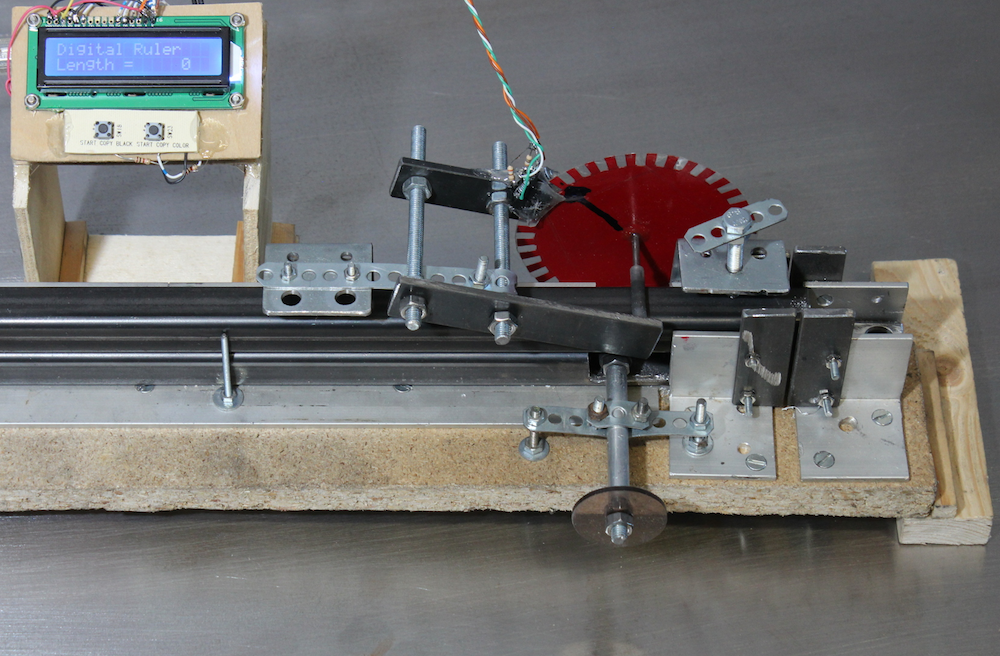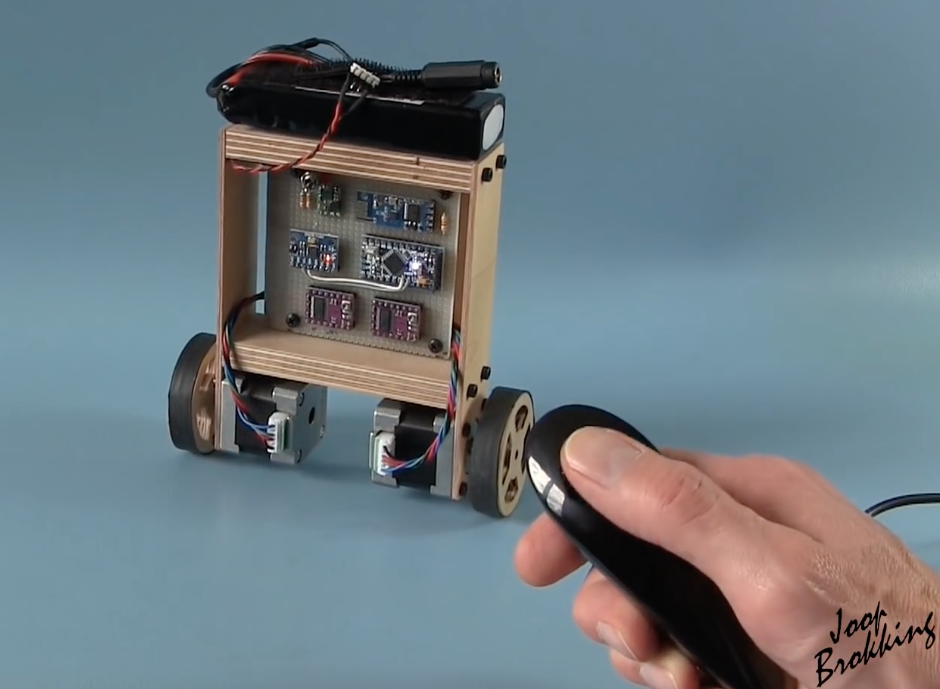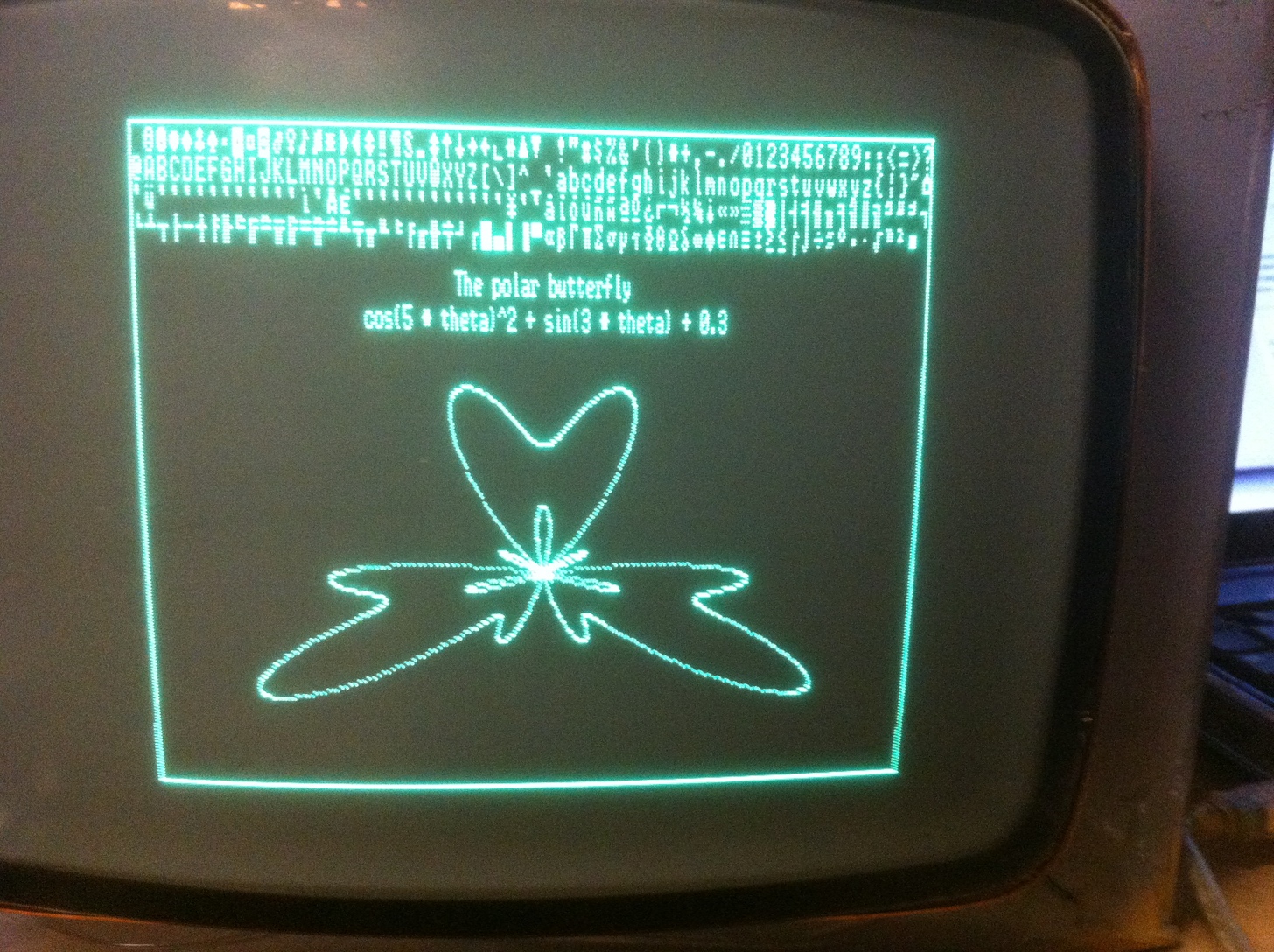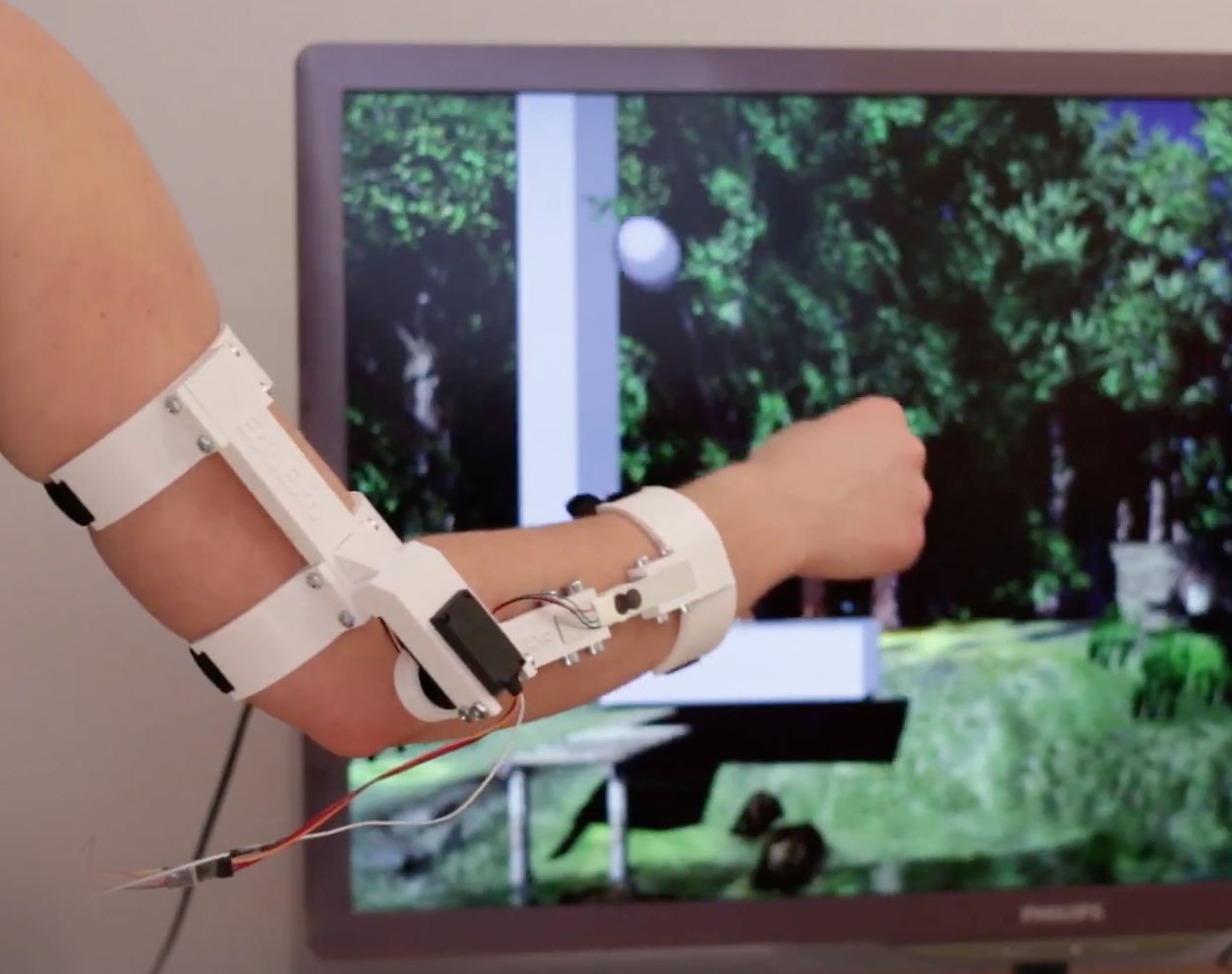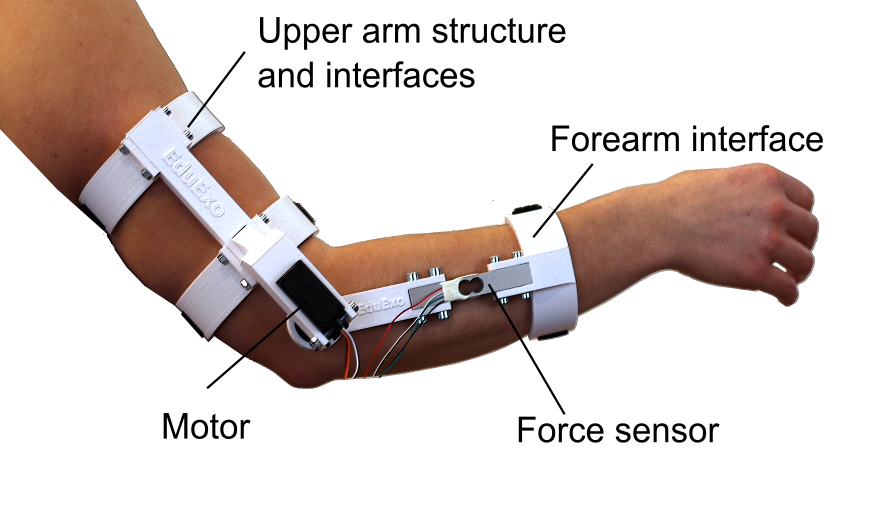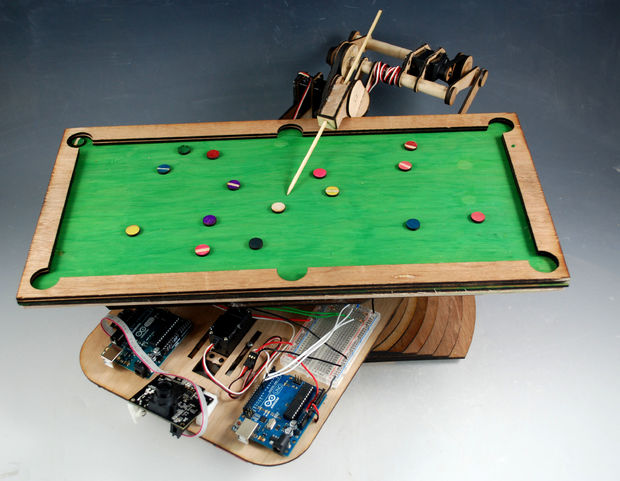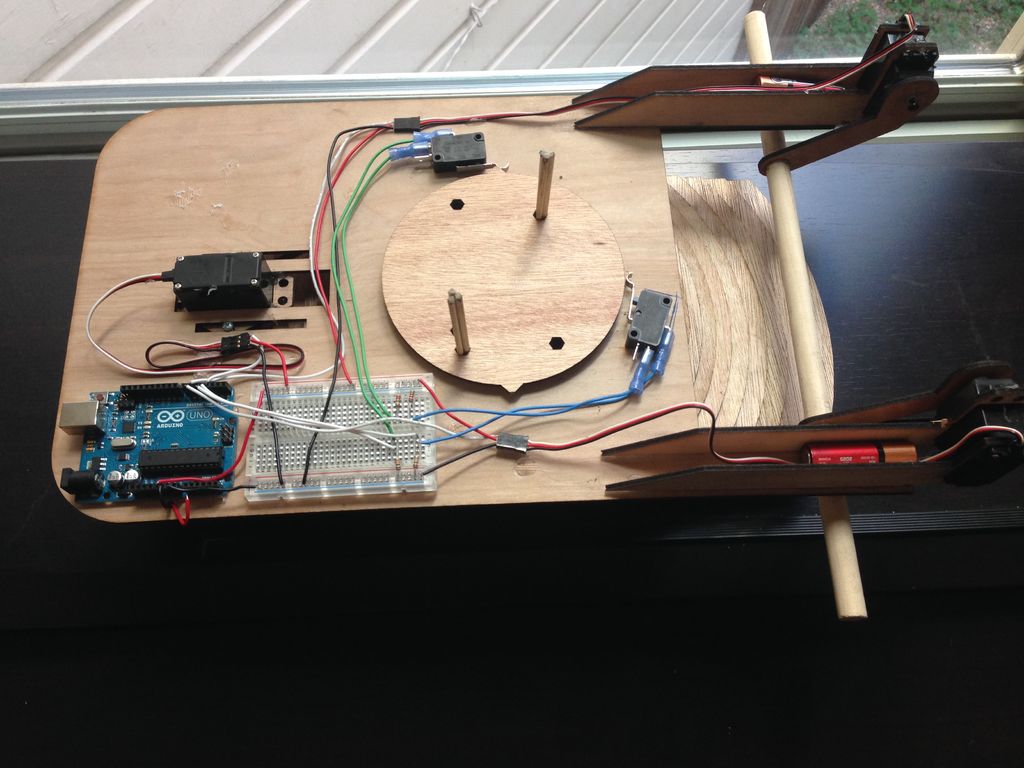Maker builds a touchless tattoo machine switch with Arduino
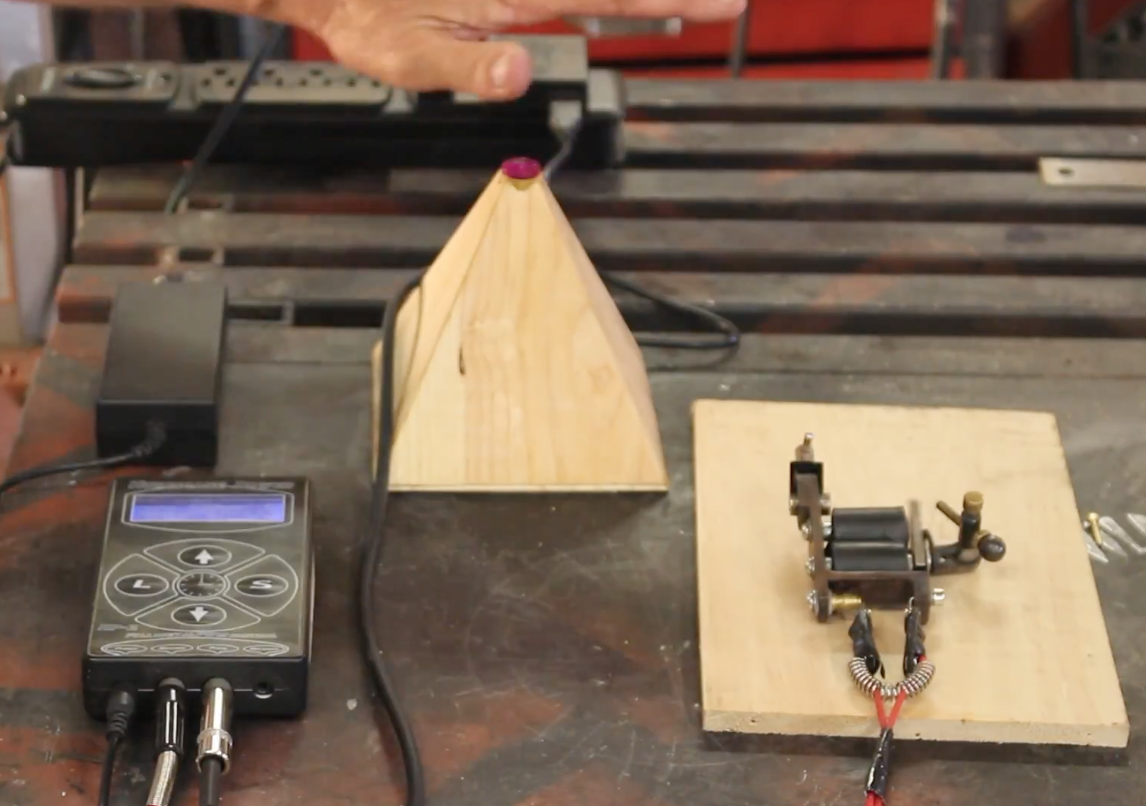
You can switch a tattoo machine on and off with a foot pedal, but this can be an issue when it’s time to pack it up with other gear that needs to be kept ultra-clean. To address this problem, YouTuber “Wildman Tech” made an Arduino-powered device in the shape of a beautiful wooden pyramid to control a tattoo gun with the wave of one’s hand.
Electronics-wise, the setup is fairly simple. An Arduino Uno detects the tattoo artist’s gestures via a distance sensor, and signals the machine with an on or off output.
This project uses an Arduino Uno, a distance sensor module, and an FET driver transistor module. They both take their power from the Arduino main board. The distance sensor output is fed into pin 2 on the Arduino and the FET driver input is taken from pin 9.
You can see more of Wildman Tech’s touchless switch, including its code, in the video below!


